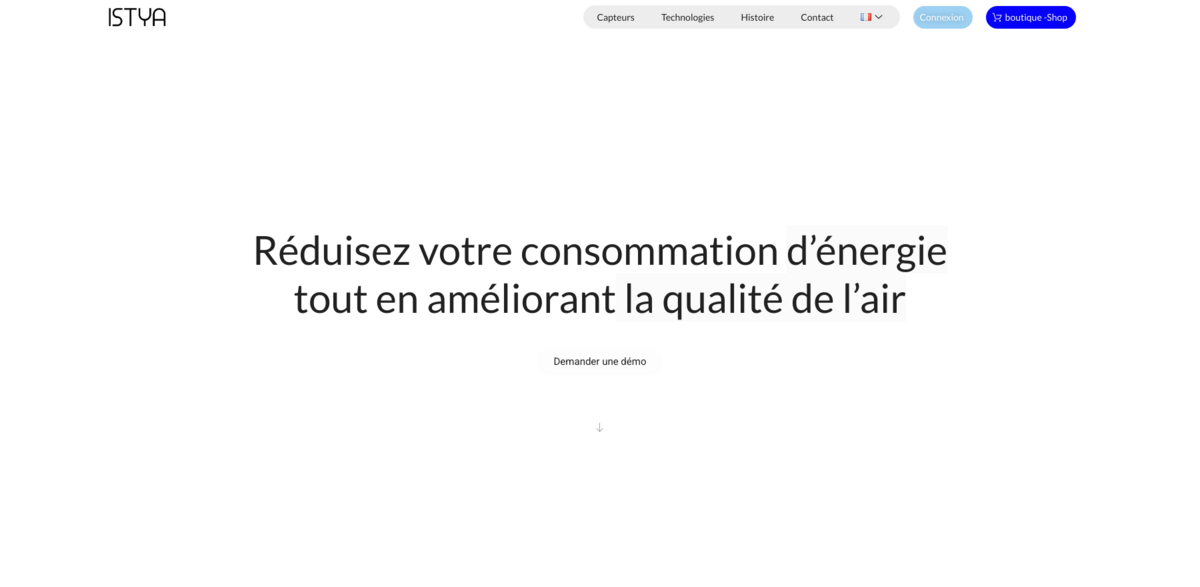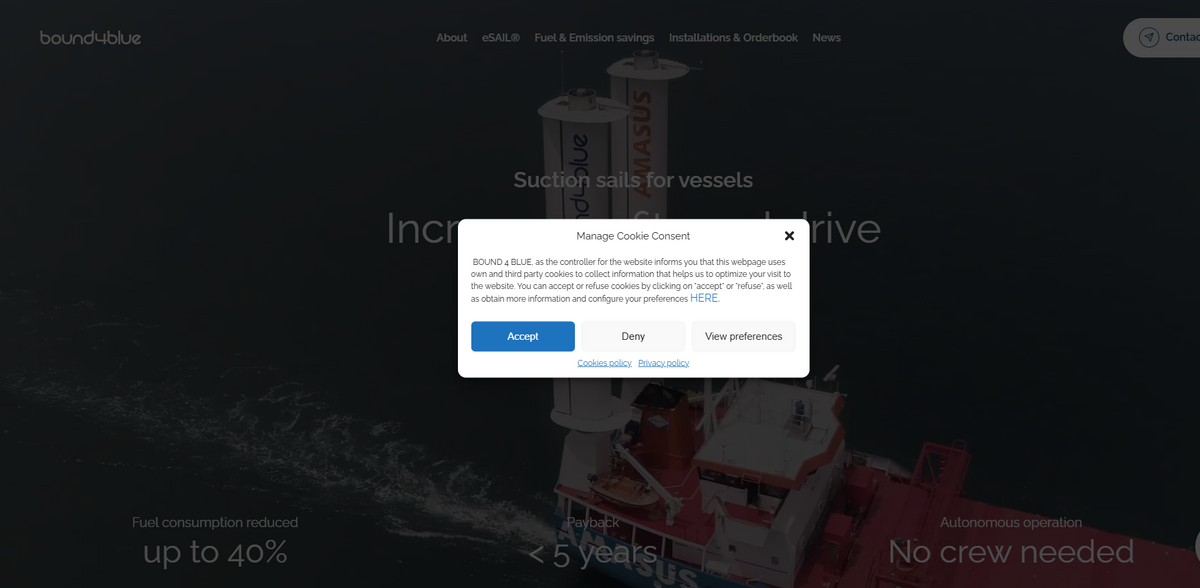What is ISTYA?
ISTYA develops solutions designed to monitor, predict and manage indoor air quality. The technology quietly combines energy performance with occupant health, ensuring that energy savings and healthier environments go hand in hand. It all starts with an intelligent system that reduces your energy consumption while improving air quality. Sensors, predictive AI, and monitoring software come together to create a seamless system that’s not only efficient but also reliable – giving a clear picture of your building’s current air quality and energy use. In a modern world where comfort and efficiency matter, ISTYA’s approach speaks for itself… and makes a real difference.
Main Benefits and Key Figures
The project offers several impressive benefits and remarkable features:
- ⚡ Up to -30% energy consumed – optimizing HVAC systems intelligently.
- 🌬️ Real-time air quality monitoring by measuring CO₂, VOCs, PM1, PM2.5, and PM10 accurately.
- 🤖 Predictive AI that forecasts indoor air quality over 3 days with 97% accuracy.
- Twice the sensor coverage with embedded AI ensuring no compromise on accuracy.
- Support for compliance with ESG, CSRD, BACS, and SRI standards for healthier environments.
Sensors and Technology
The heart of the system lies in its state-of-the-art sensors. These devices don’t just measure – they provide a detailed analysis of indoor air quality by detecting CO₂, fine particles (PM1, PM2.5, PM10), VOCs, humidity, temperature, and even the presence of mold. With an embedded AI algorithm, a single sensor covers twice the area, which ultimately reduces installation costs while improving overall effectiveness. With each reading, the sensor gathers data that fuels a predictive model capable of anticipating variations, ensuring that the environment is both comfortable and energy efficient.
Intelligent Building Monitoring
Intelligent building monitoring is the next step in ensuring a smooth operation of air quality management. The monitoring software offers clear, real-time visualizations of data from across the building, making it easy to detect any issues related to air quality or energy performance. This visualization enables immediate action whenever problems are spotted. Facility managers can quickly gain insights and follow up with necessary adjustments, ensuring that energy waste is minimized and occupant comfort remains high. In effect, this system not only manages energy but also hands over control back to human expertise with all the right, reliable information.
Predictive AI for Air and Energy Management
The real game changer in the project is its predictive AI. This AI doesn’t just gather data; it actively predicts air quality trends over several days, boasting a 97% accuracy rate. By anticipating changes in indoor air quality, the AI ensures that ventilation and HVAC systems can be optimized in real time, leading to important energy savings and enhanced comfort. This smart forecasting, based on algorithms and robust sensor data, radically transforms how building environments are maintained – it’s like having a weather forecast, but specifically for the air you breathe indoors.
Project Impact: Sustainable Development Goals
- SDG 3 – Good Health and Well-being: Improving indoor air quality directly supports occupant health.
- SDG 7 – Affordable and Clean Energy: Achieving energy savings of up to 30% by optimizing heating and cooling systems.
- SDG 9 – Industry, Innovation, and Infrastructure: Using cutting-edge sensor technology and AI to innovate building management systems.
- SDG 11 – Sustainable Cities and Communities: Creating environments that are both energy efficient and conducive to occupant welfare.
- SDG 13 – Climate Action: Integrating climate tech to reduce overall energy consumption and environmental impact.
Climate Tech and Future Perspectives
In today’s rapidly evolving world, climate tech is emerging as a new frontier for national security and sustainability. ISTYA’s mission evolves beyond simple building management: it’s about equipping buildings with smart technology that anticipates and mitigates potential issues related to air quality – like the discomfort caused by high CO₂ or VOC levels that can lead to headaches and fatigue. With a design that includes sleek, unobtrusive sensors like Zéphir and Notos, the solution effortlessly blends into any environment. These sensors do more than just monitor—they act as early warning systems, preventing potential incidents before they become serious. This innovative approach to air quality and energy management is paving the way for a future where energy efficiency and occupant well-being coexist harmoniously, making buildings not only smarter but also healthier places to live and work.





















